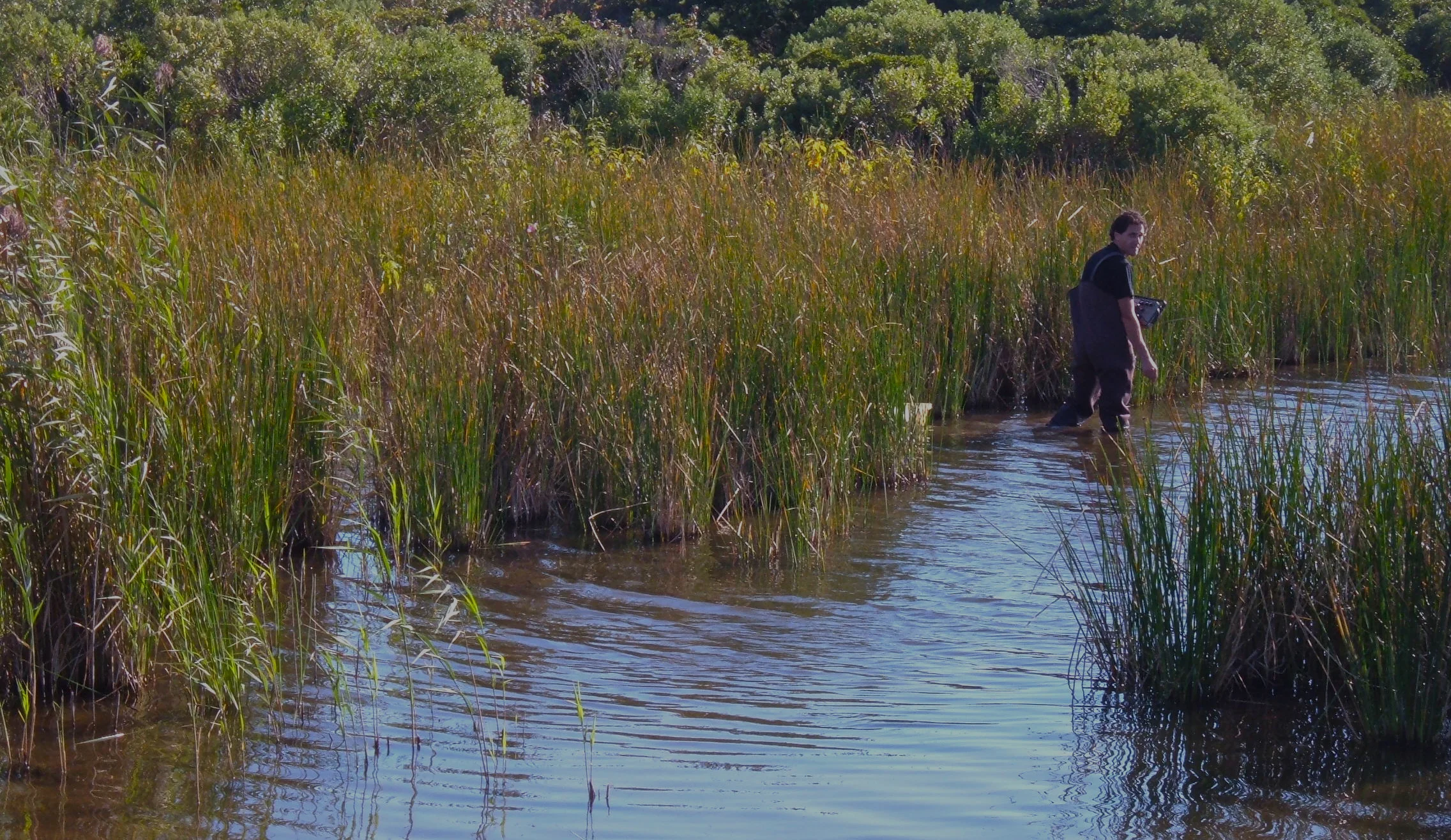The World of Microbial Ecology and Evolution
Infectious diseases with complex life cycles or environmental reservoirs are extremely difficult to eradicate. Understanding their evolution (how new variants emerge) and ecology (where they originate and how they disperse) is therefore key to controlling them. Our goal is to change the way we approach infectious diseases, from a perspective of intervention to one of prevention. This is now possible using modern molecular microbial ecology approaches to monitor populations of human pathogens, both in their host and in the environment. Because of the tremendous speed of evolution in bacteria, the key to understanding a pathogen is to look below the species level, focusing on the specific ecological preferences of a given virulent lineage.
We are working on deciphering the ecology and evolution of specific lineages of enteric bacteria which are most dangerous to humans. We have studied the causative agents of cholera, the pandemic generating O1 serogroup Vibrio cholerae lineage, which was discovered to have a propensity for becoming non-culturable in the environment, readily attach to particles in a temperature-dependent manner and a preference for freshwater environments. Several interactions with previously unknown closely related species were also discovered. We are now investigating the origins and evolution of hypervirulent Klebsiella pneumoniae and other ESKAPE pathogens prevalent in Singapore, looking at the ecological traits that enables them to avoid control and detection.

